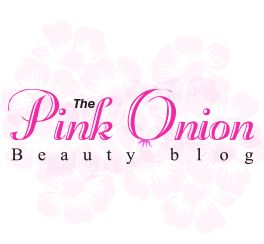Cashmere is one of the great classic materials. It’s a byword for softness, luxury and comfort, and exclusive by nature: it’s made from specific hairs on the pelt of a particular species of goat living in mountainous regions of Asia. The limited supply, and the fact that the whole pelt cannot be used to make the material means that no more than 6,000 tonnes of cashmere can be produced annually.
It’s no wonder, then that designers are attracted to working with this preternaturally soft fabric, and no wonder that consumers are drawn to the finished products. A luxury cashmere scarf is an ornament to anyone’s wardrobe and that rarest of combinations, both stylish and practical.
Unfortunately that doesn’t mean there isn’t bad cashmere out there – not merely in terms of style (though the reams of questionably tartan cashmere scarves prove this point), but in terms of sheer quality. Like anything cashmere as a raw material can be treated well or badly, by those working with it and those wearing it. Today we’re taking a look at how to spot a good cashmere piece, and avoid the ones that look great on the shelf but simply don’t fulfil the potential of the fabric.
Touch
It’s really important to shop for cashmere in person if you can. If you find a designer you trust implicitly, a high end, boutique fashion house, then by all means buy online but if you’re shopping for cashmere the best of making sure you’re buying high quality clothing is to do it in person, and touch before you buy.
Softness is one of the main reasons people buy cashmere and there is no reason not to test it for yourself before you make a purchase. Touch the piece you’re interested in, give it a light stroke, even press it to your face. You should feel the characteristic softness that makes cashmere famous. If it feels rough, or the surface feels felty or matted, it’s a sign to walk away. This isn’t top quality material.
Coarse feeling cashmere is an indication that it’s been overmilled. As with so many other things, from food to music, too much processing is a bad thing! It leaves the cashmere more fragile and prone to pilling – fibres degenerating into those little woollen balls on the surface of the garment.
Tug
Another important thing to do is to give the fabric a light stretch – good cashmere should spring swiftly back into shape!
A quick spring back indicates it’s a densely woven fabric. This means it will be more expensive, as it uses more material, but it will also be softer and harder wearing. A densely woven cashmere sweater will be keeping you warm for many winters into the future, whereas a lighter one will deteriorate quickly.
Look
Look at the colours of the garment – good cashmere picks up dyes with life and vibrancy. Dull shades indicate the garment uses cheaper cashmere: shorter, thicker hairs that are more trouble to dye, and more prone to pilling and deterioration.
If you check these three points you should find yourself with a wardrobe full of beautiful, soft and long lasting cashmere so it’s well worth taking the time!

